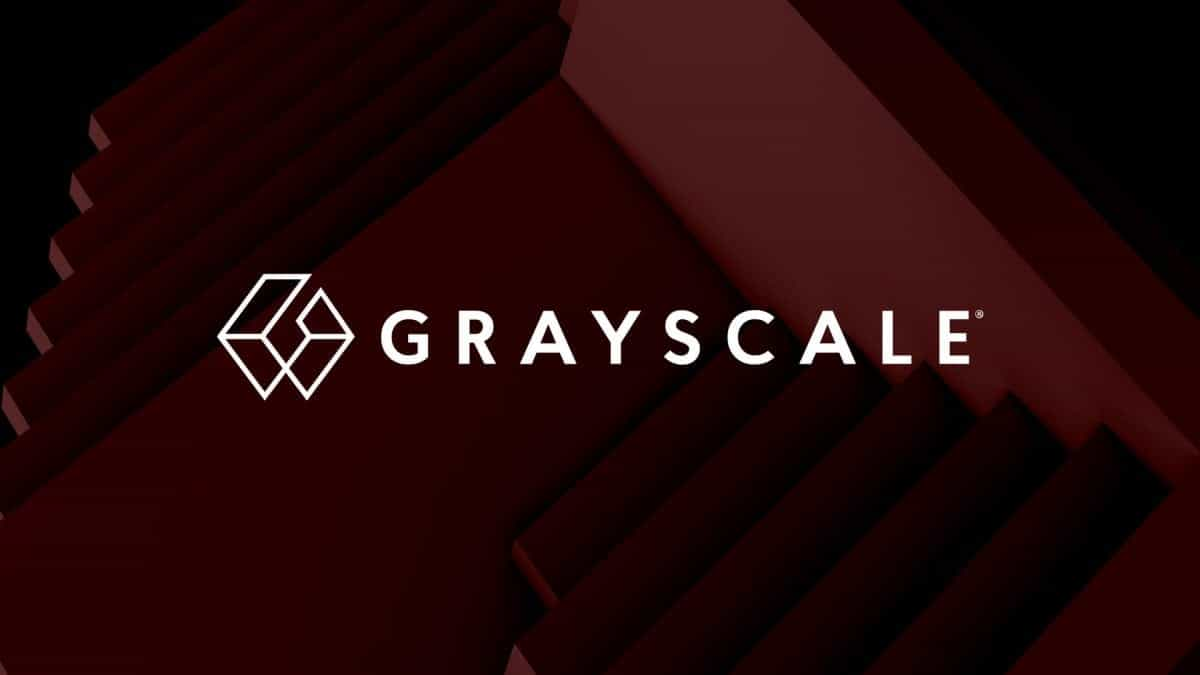Multichain Capital introduces proposal to slash SOL inflation to 1.5%
The authors suggest a mechanism regulated by the stake participation to adjust the SOL inflation to a yearly stable level of 1.5%.
Multichain Capital partners Tushar Jain and Vishal Kankani introduced a proposal to address the inflation of Solana’s native crypto, SOL .
The goal is to use a market-driven mechanism to adjust Solana’s emissions dynamically, moving away from the network’s current fixed-rate issuance model.
Solana’s existing emissions mechanism, established in 2021, follows a rigid, time-based schedule that doesn’t consider the network’s activity or economic conditions. Critics have dubbed it “dumb emissions” for its inability to adapt to market realities.
Changes to emission
The proposed solution aims to introduce “Smart Emissions,” a programmatic, market-based mechanism that will dynamically adjust SOL issuance based on staking participation.
Key features of the proposed mechanism include reducing emissions when stake participation exceeds a recommended target rate of 50% and setting an upper bound at the current emission curve to reduce emissions until they reach a stable mark of 1.5%.
These adjustments would use a formula tied to staking participation, MEV revenues, and validator commissions, ensuring that changes are proportional to network conditions.
The proposal argues that reducing inflation would spur greater adoption of SOL in DeFi, and lower “risk-free” inflation rates could stimulate the development of new protocols and economic activity.
The proposal cited that SOL stakers earned 2,1 million SOL, worth roughly $430 million, in Maximum Extractable Value (MEV) in the fourth quarter, highlighting the robust economic activity on Solana.
With MEV revenues steadily increasing, the reliance on token emissions to attract stakers is waning. The proposal argues that Solana’s fixed emissions now result in unnecessary inflation, creating sell pressure and diluting token value.
Market perception and risks
High inflation affects token holders and creates a perception of instability in the network. The authors liken Solana’s current inflation model to a public company issuing new shares every two days, leading to continual downward price pressure.
The proposal aims to instill confidence among investors and stakeholders by transitioning to the aforementioned dynamic system.
Moreover, the proposed design addresses theoretical risks, such as long-range attacks, by ensuring staking participation remains above critical thresholds (33% for safety, with a target of 50%).
Multichain Capital’s proposal emphasizes the role of market mechanisms in achieving optimal outcomes. By tying emissions to real-time conditions, the network becomes more responsive to economic activity, enhancing security and decentralization.
The document reads:
“Markets are the best mechanism in the world to determine prices, and therefore, they should be used to determine Solana’s emissions.”
The proposal rejected simpler solutions like a new fixed emission rate due to their inability to respond to changing conditions. Meanwhile, another proposed option, which directly ties emissions to MEV revenues, was deemed impractical due to the potential exploitation of the tracking mechanism.
Disclaimer: The content of this article solely reflects the author's opinion and does not represent the platform in any capacity. This article is not intended to serve as a reference for making investment decisions.
You may also like
NYSE Arca files for Cardano ETF on behalf of Grayscale as crypto proposals gain momentum
A Cardano spot exchange-traded fund could be on the horizon following the NYSE’s filing to propose such a product.Cardano (ADA) is the ninth largest crypto with a market cap of over $25 billion, according to The Block’s price data.

Microsoft to Launch Responsible AI Foundation in Abu Dhabi
Arweave Unveils Major Upgrade with Launch of Next-Gen Decentralized Platform

'High odds' XRP, Solana, Dogecoin and Litecoin ETFs approved: analysts
Bloomberg ETF Analysts James Seyffart and Eric Balchunas view recent filings for exchange-trade products which track top cryptocurrencies XRP, solana, dogecoin and litecoin as having “high odds” of securing the necessary approvals.Leading in terms of their likelihood of gaining approval, the analysts estimate that Litecoin ETFs have a 90% chance of approval, followed by Dogecoin products, which possess a 75% chance.

